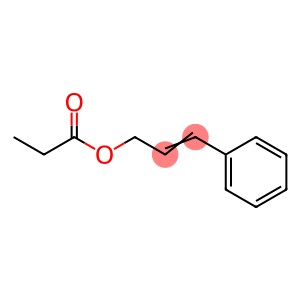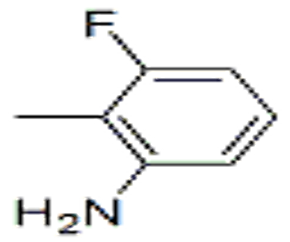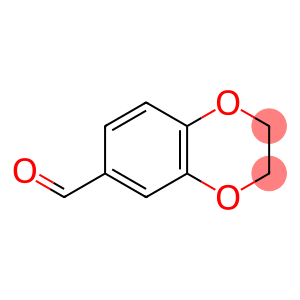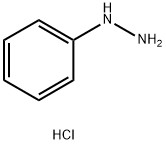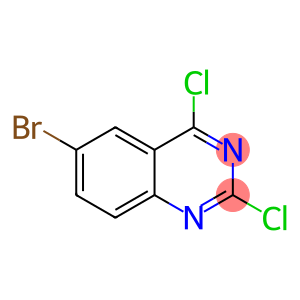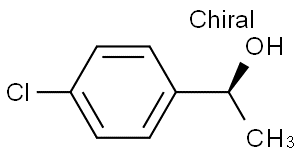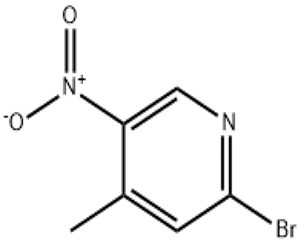Dodecanenitrile CAS 2437-25-4
| Hazard Symbols | Xn – Harmful |
| Risk Codes | 20/21/22 – Harmful by inhalation, in contact with skin and if swallowed. |
| Safety Description | S36 – Wear suitable protective clothing. S36/37 – Wear suitable protective clothing and gloves. |
| UN IDs | UN 3276 6.1/PG 3 |
| WGK Germany | 2 |
| RTECS | JR2600000 |
| TSCA | Yes |
| HS Code | 29269095 |
| Hazard Class | 9 |
Introduction
Lauricle. The following is an introduction to the properties, uses, preparation methods and safety information of lauric nitrile:
Quality:
- Appearance: Colorless liquid or white solid
- Solubility: Soluble in water and common organic solvents
- Odor: Has a special odor of cyanide
Use:
- Temporary coatings and solvents: It can also be used as temporary coatings and organic solvents for some specific industrial applications.
Method:
Lauricle can be prepared by ammonia cyclization or ammoniation method. The ammonia water cyclization method is to heat the n-propane solution in the presence of ammonia gas, and then circularize to produce lauricle. The method of ammoniation is to react n-occinitrile with ammonia gas to form lauriconile.
Safety Information:
- Lauricle is a toxic substance that is irritating and corrosive, and direct contact with the skin and eyes should be avoided.
- Wear protective gloves, goggles and other protective equipment during use.
- When storing and handling, it should be avoided to react with strong oxidants or strong acids, etc., so as not to produce dangerous substances.
- If you accidentally inhale or ingest lauric nitrile, seek medical attention immediately and inform your doctor about the situation.


